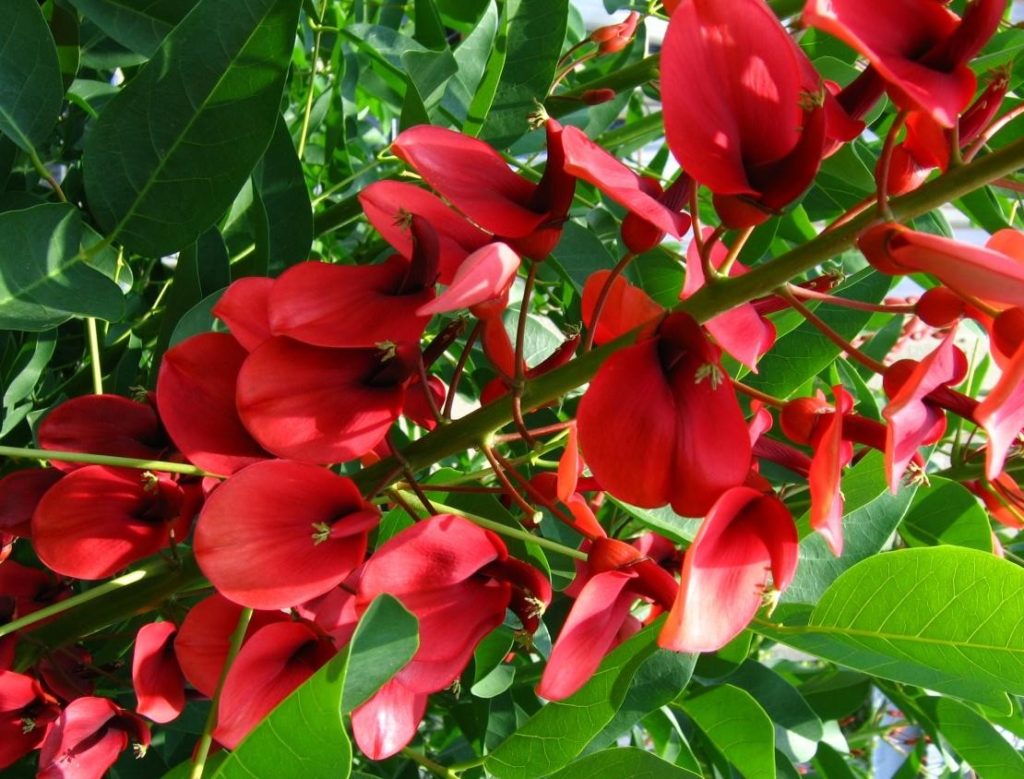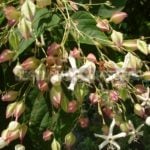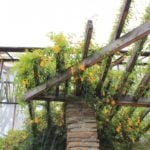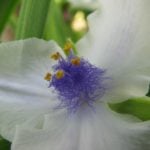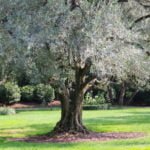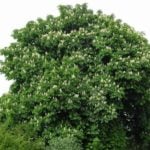Erythrinacrista galli is a deciduous tree (in warm regions) with a height of 6-9 m (20-30 ft) and a width of 3-4 m (10-13 ft); in colder regions, it is a perennial with a woody base and a height of 1-1.5 m (3.2-5 ft). There are thick thorns on the branches. The leathery trifoliate leaves are arranged on spiny stems 30 cm (1 feet) long, the leaves are oblong-ovate, up to 10 cm (3.9 inches) long; the petioles of the leaves are also in spines. The flowers are rich red, 5-6 cm (2-2.4 inches) long, collected in terminal racemes 30-60 cm (1-2 feet) long; they bloom in summer and autumn. The homeland of Erythrinacrist is from Eastern Bolivia to Argentina.

Erythrina can withstand temperatures up to -5°C (23°F), so in the south, where it is grown outdoors, it is sheltered for the winter (if necessary). In the rest of the territory, it is grown as a houseplant for winter gardens and decoration of the summer outdoor terrace.
Erythrina seeds are sown in 0.5-liter (0.13 gal) pots in a light turf substrate. As the plants grow, they are transferred in early spring to 1-liter (0.26 gal) pots in a substrate of turf, humus and sand in a ratio of 1:1:1. In winter, the plants are kept in cold, light, frost-free rooms or moderately warm at a temperature of +12-+14°C (53.6-57.2°F), rarely watered, and in summer make an open terrace. During the growth period, abundant watering, fertilizing every 2 weeks, full mineral fertilizer.

